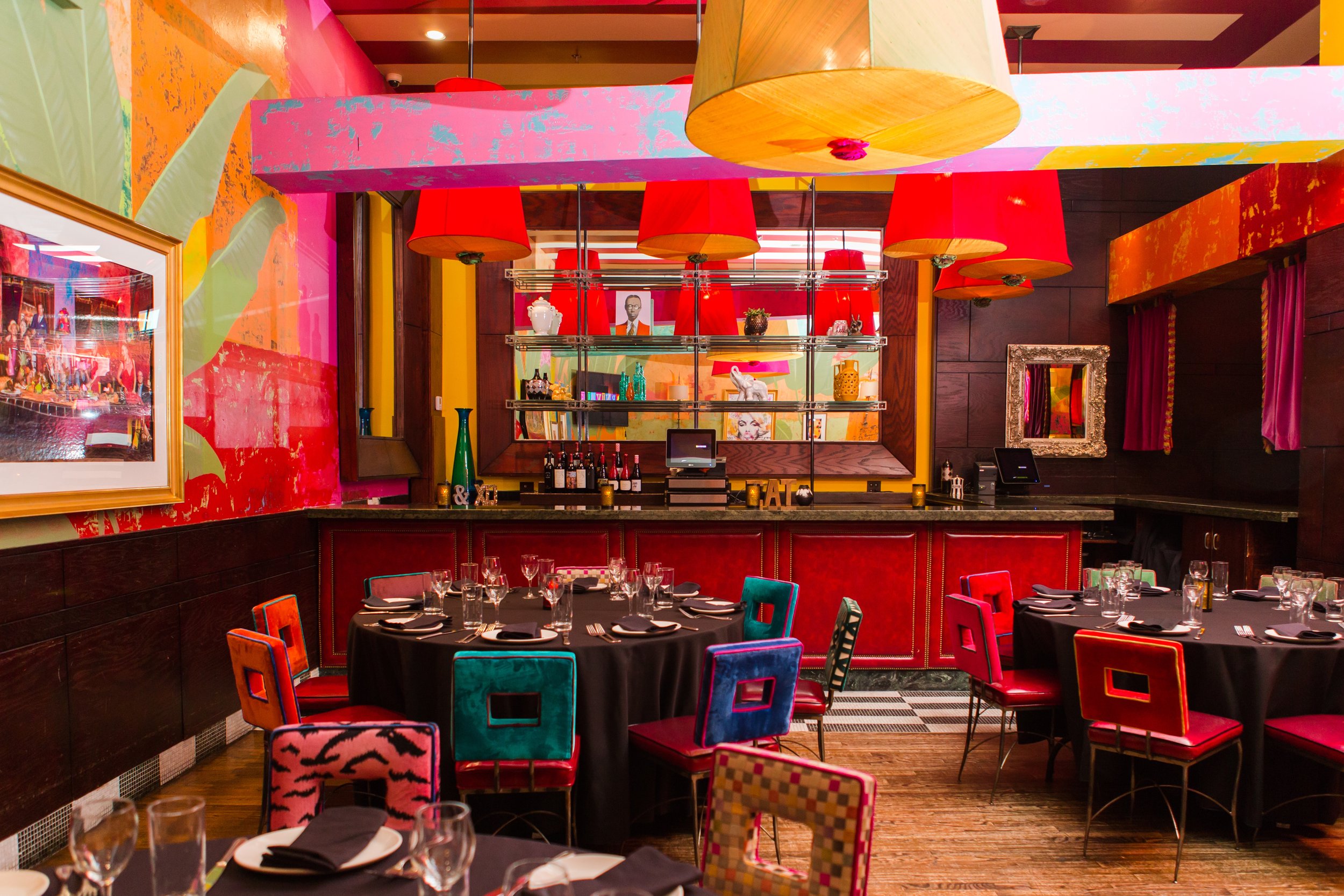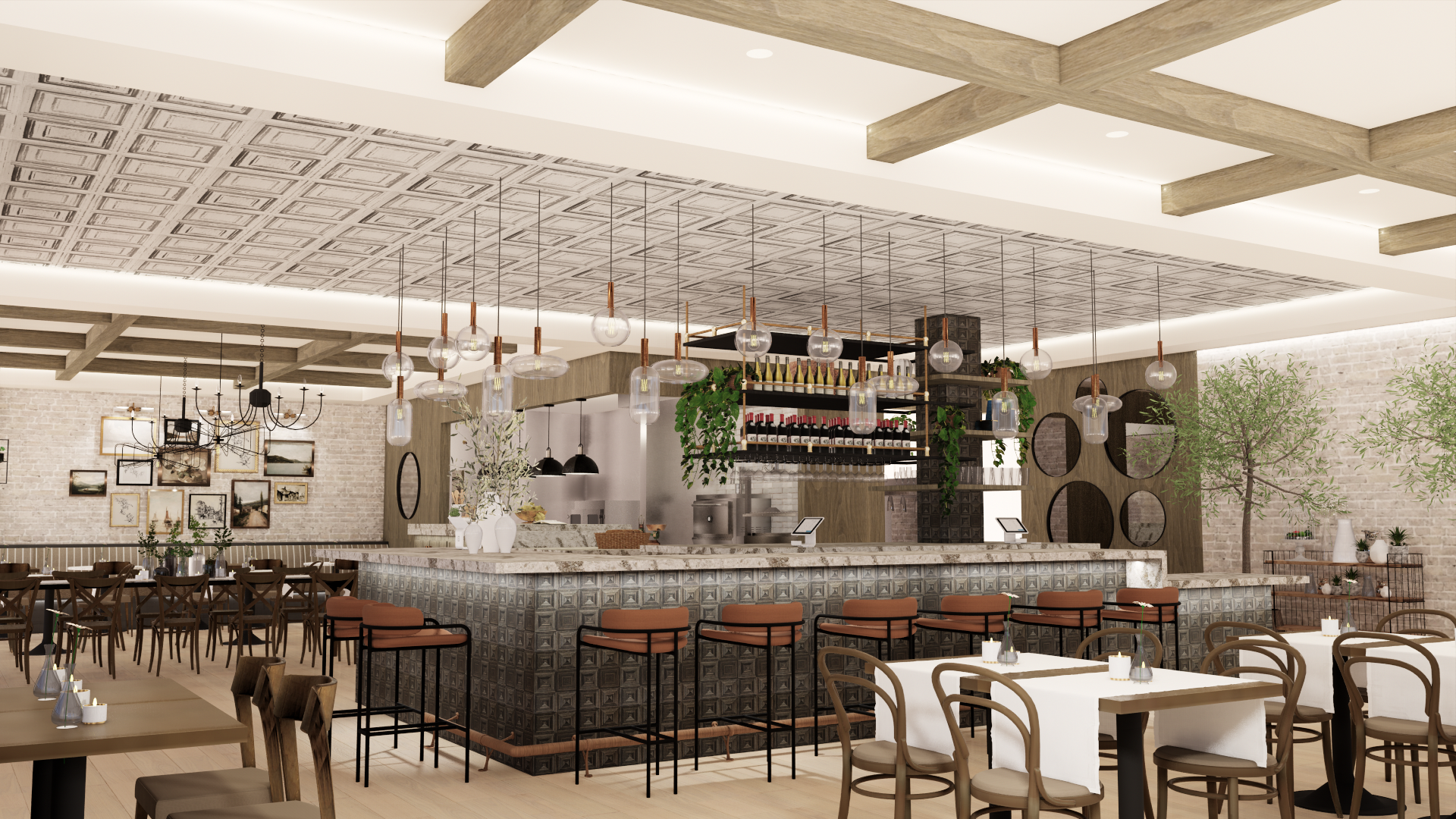Interior design plays a pivotal role in creating captivating and immersive spaces that cater to the unique needs of the hospitality, restaurant, and retail industries. Leading and running an interior design department within an architectural firm specializing in these sectors requires a harmonious blend of creativity, technical expertise, and an astute understanding of clients’ aspirations. Let’s delve into the essential aspects of this challenging yet rewarding endeavor.
Vision and Direction
As the head of the interior design department, it is crucial to establish a clear vision and direction for the team. This starts with a deep comprehension of the firm’s overall mission and goals, aligning them with the specific requirements of hospitality, restaurant, and retail design. This vision should incorporate elements of innovation, sustainability, and customer-centricity, as well as a focus on creating memorable experiences for patrons.
Building a Talented Team
A successful interior design department begins with assembling a team of talented individuals who share the same passion for design and possess a diverse range of skills. Hiring interior designers, 3D artists, project managers, and other relevant professionals ensures a multi-disciplinary approach to tackling the challenges of creating exceptional spaces.
Emphasizing Collaboration
Interior design is inherently collaborative, and fostering a culture of open communication and teamwork is paramount. Encouraging cross-functional collaboration with other departments within the firm, such as architecture and project management, enhances the efficiency and coherence of the design process. This synergistic approach results in innovative solutions that seamlessly integrate aesthetics and functionality.
Client-Centric Approach
In the hospitality the success of a project is often measured by how well it caters to the needs and desires of clients and their target audience. Taking the time to thoroughly understand the clients’ brand identity, values, and target market is crucial. Regular consultations and workshops enable our designers to develop design concepts that align with clients’ aspirations while addressing functional and budgetary constraints.
Staying on Top of Trends
Design trends in the hospitality are ever-evolving. A successful interior design department keeps a keen eye on emerging trends, technological advancements, and shifts in consumer behavior. This awareness allows the team to offer fresh and exciting design ideas that stand out in the competitive landscape.
Balancing Creativity and Practicality
Incorporating creativity into functional spaces requires a careful balance. Interior designers in this domain must understand the specific needs of each space and how patrons interact with it. Balancing artistic flair with practicality and functionality ensures that the final designs not only look impressive but also enhance the overall user experience.
Managing Budgets and Deadlines
Adept financial management is essential for the smooth functioning of the interior design department. Project budgets must be carefully monitored to avoid cost overruns, while deadlines need to be met to ensure client satisfaction and maintain the firm’s reputation.
Celebrate Success and Learn from Challenges
Recognizing and celebrating the successes achieved by the design department helps boost team morale and motivation. Additionally, embracing challenges and learning from any setbacks allows the team to continuously improve and deliver exceptional results.
In conclusion, leading and running an interior design department specializing in hospitality, restaurant, and retail design requires a harmonious blend of creativity, technical expertise, collaboration, and client-centricity. By embracing innovation, sustainability, and a commitment to creating unforgettable experiences, our department can thrive and make a significant impact in the design world.




